In this series, we interview the founders and CEOs behind immersive technology companies. Immersive technology is rapidly evolving and involves various innovative solutions. These inspiring leaders are shaping a future where the digital and physical worlds merge.
In this article, we interview Bobby Voicu of MixRift. Bobby is the CEO and co-founder of MixRift, a mixed-reality gaming studio he launched in 2016 alongside David Pripas and Andrei Vaduva. MixRift is dedicated to creating immersive, accessible gaming experiences, pushing the boundaries of mixed reality, and driving innovation in XR technology for gamers and industries alike.
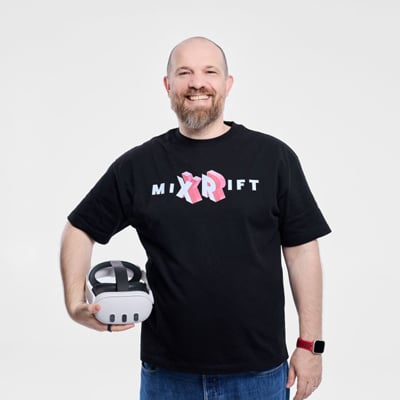
Can you tell us a bit about yourself?
Gaming has always been central to my entrepreneurial journey. While managing my first business, it was my escape, where I went to relax and recharge. This passion eventually led me to co-found the mobile game studio Mavenhut in 2012.
Now, with MixRift, I’m applying those years of insight and business experience to mixed reality. I feel that MR represents the next evolutionary step in how we play and connect with the digital gaming ecosystem.
What was your first experience with immersive technology, and what excites you about working in this field?
I started building online projects in 2004 before briefly moving away from gaming. I returned in 2016 to launch MixRift in collaboration with David Pripas (an official Meta AR Partner who serves as our CPO) and Andrei Vaduva (our CTO). David, Andrei, and I recognized the transformative potential of mixed reality well before it became a buzzword.
What would it take for immersive technology to become mainstream?
Over the next five years, the success of mixed reality gaming will lean on the evolution of hardware. Following the bustle around Apple Vision Pro, the market has shown that a lack of consumer traction can dull excitement. Mixed reality gaming will evolve separately from traditional gaming, with innovations in hardware and immersive experiences driving key growth. Google recently announced an Android XR platform launching on Samsung’s Project Moohan headset. This illustrates that there’s more to come from mixed reality.
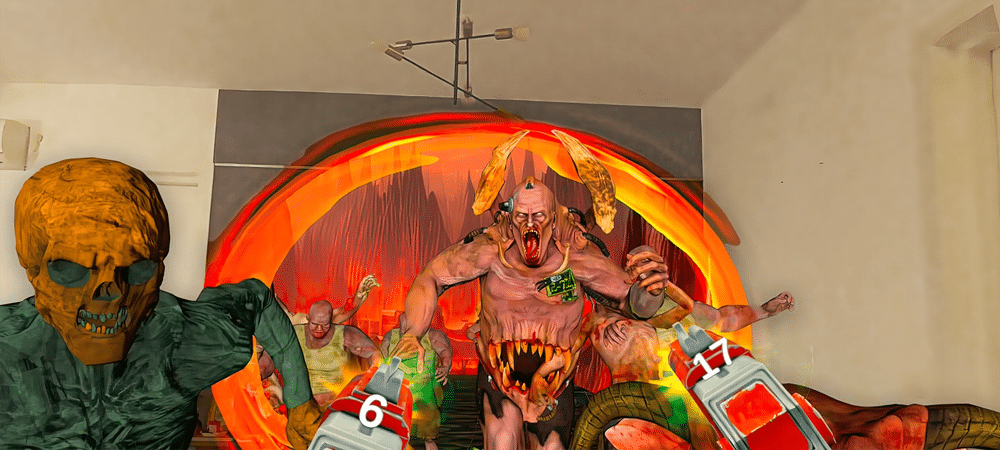
What inspired you to start an immersive technology company?
Our mixed-reality studio emerged from a shared vision to transform gaming through emerging technology. With core expertise in immersive gaming, we spotted the potential of mixed reality long before its mainstream emergence.
David, Andrei, and I recognized a gap in the market. While user demand for mixed reality experiences is surging, there’s a notable scarcity of high-quality MR games. This disparity presented an unmissable opportunity that we’re poised to address.
What’s the story behind your company?
MixRift was established with the vision of tapping into the immense potential of the MR gaming market and leading the charge in this rapidly developing sector. We nonetheless saw one major disparity: an increasing demand for MR experiences but a lack of quality MR games. This gap presents a compelling challenge that we are well-positioned to address. MixRift is innovative, nimble, and we focus on accessible mass-market experiences.
What problems does your company solve?
Our primary intention is to meet the increasing demand for MR platforms while simultaneously providing innovative solutions to our clients. We’re not just looking to ride the wave of originality. Instead, we aim to define it by crafting immersive, game-changing experiences that push the limits of what’s possible.
Can you discuss a breakthrough moment or challenge that occurred while developing your immersive solutions?
Our approach centers around rapid prototyping and real-world testing. Our zombie game Hell Horde is a perfect example. Launched in Q4 last year, Hell Horde has already surpassed 160K downloads. The key was getting it into players’ hands fast and iterating flexible solutions based on their feedback. We went from 550 installations to more than 50,000 in a month, with a 4.2 Meta game rating. This is the kind of real-world validation that tells us we’re on the right track.
How does your company evaluate the success of its solutions on users and clients?
It’s all about user engagement and rapid iteration. With Hell Horde, we saw significant growth in a matter of months. Our “native mechanic” approach lets us test ideas quickly and make real-time modifications when required. If a game doesn’t gain traction, we’re not afraid to wrap it up and move on. It’s all about being agile and responsive to what our players want.
How do you feel immersive technology will evolve over the next 10 years?
We’re looking at a future where powerful handheld devices like the Steam Deck become ubiquitous. Gamers will expect to play complex games on the move, which dovetails perfectly with the trend towards XR glasses. I’m betting that we’ll see true consumer-ready MR glasses enter the consumer marketplace within five years. These could be pricey at first, but they’ll nonetheless revolutionize how we interact with digital content. Meta’s Orion glasses and similar offerings from Apple should also follow this momentum.
How do you envision your company’s role within 10 years?
We’re positioning ourselves at the forefront of mixed reality innovation. While gaming will always be our core competency, we’re eyeing opportunities in education, corporate training, and immersive media. Our software solutions will evolve in synergy with these sectors. Cross-industry collaboration will be key, but until MR tech becomes truly mainstream, we’ll keep our focus on pushing the boundaries of what’s possible in gaming.
What advice would you give to aspiring entrepreneurs entering the immersive technology industry?
Find your niche, and own it. Look for your “native mechanic,”; a unique approach or technology that sets you apart. Most importantly, surround yourself with people who share your vision and values. This industry moves at breakneck speeds, so you need a team that can keep pace and innovate on the fly. If you’re passionate about shaping the future of gaming and (in particular) mixed reality, there’s no better place to be.
This technology has already changed the ways in which many receive and deliver healthcare solutions. However, we must always embrace the notion of continuous quality improvement to ensure that we build a sustainable ecosystem capable of evolving as the needs of the industry change.

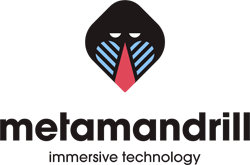




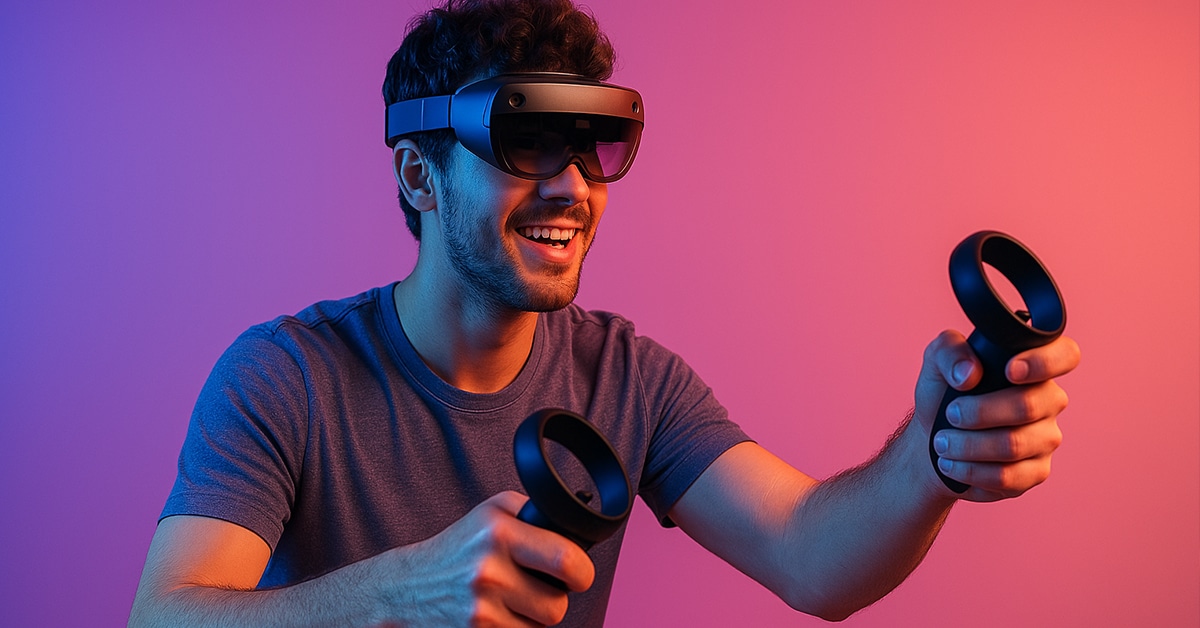
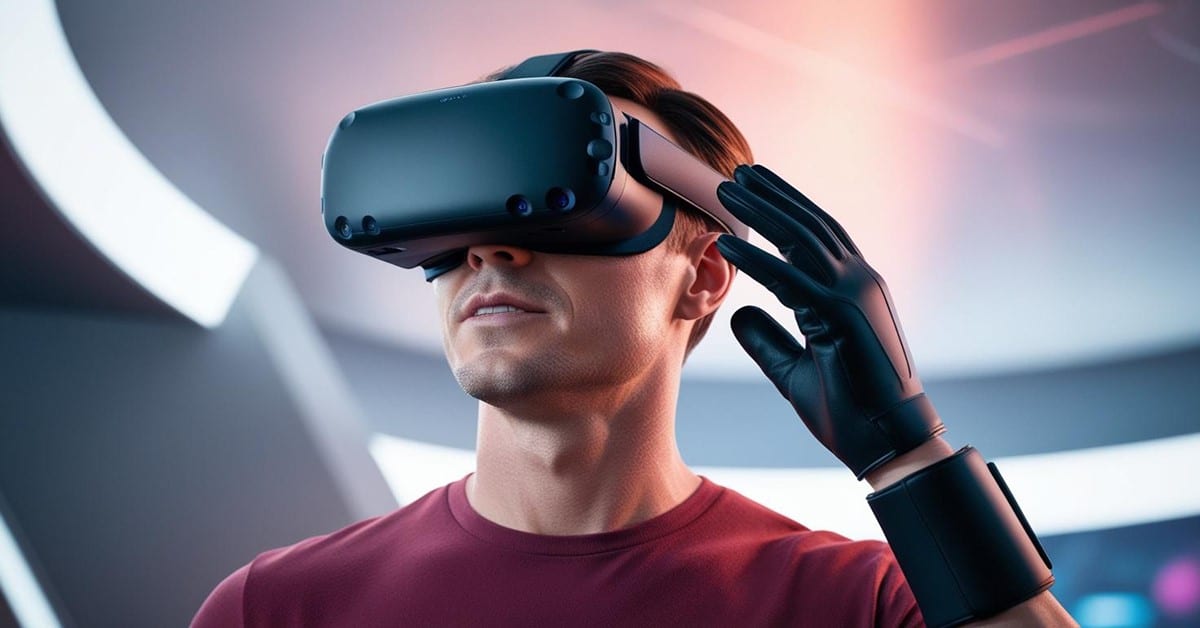


Leave A Comment